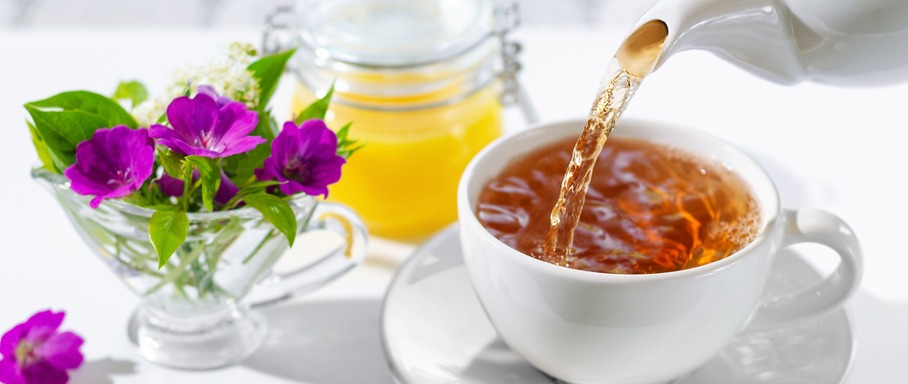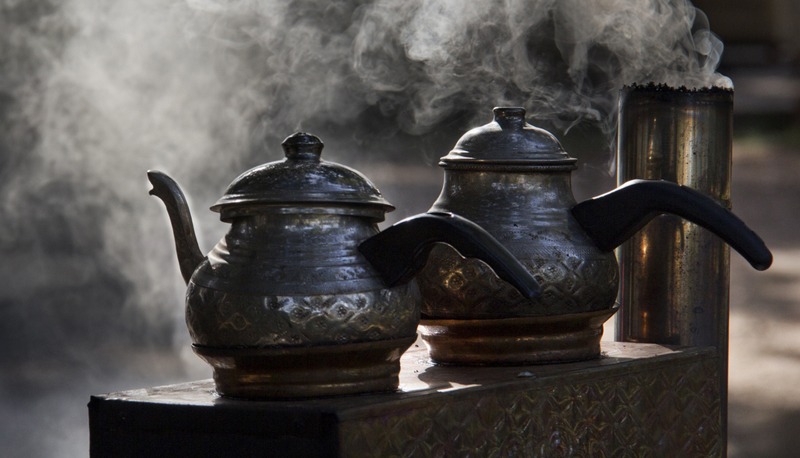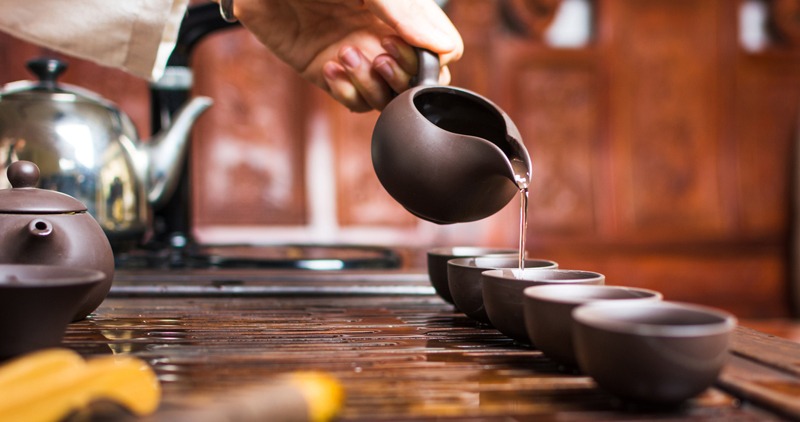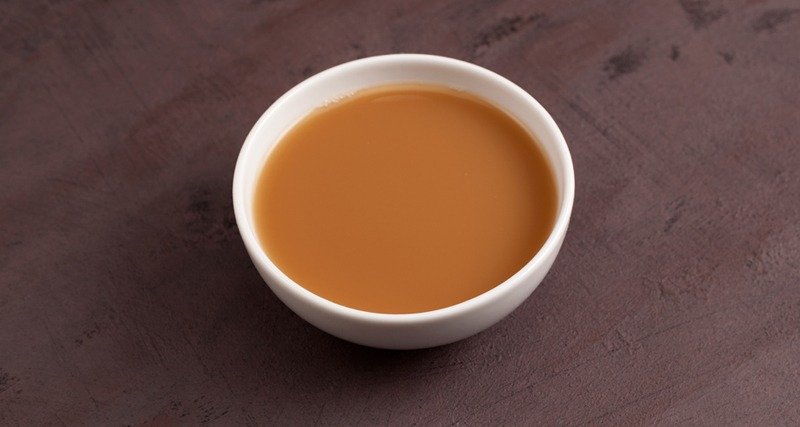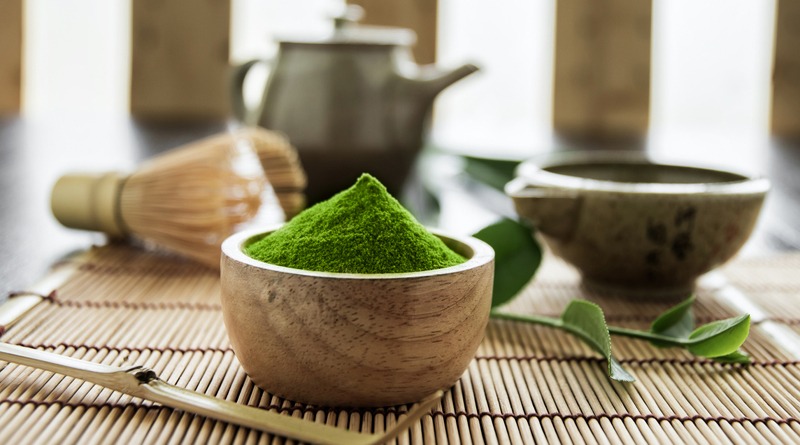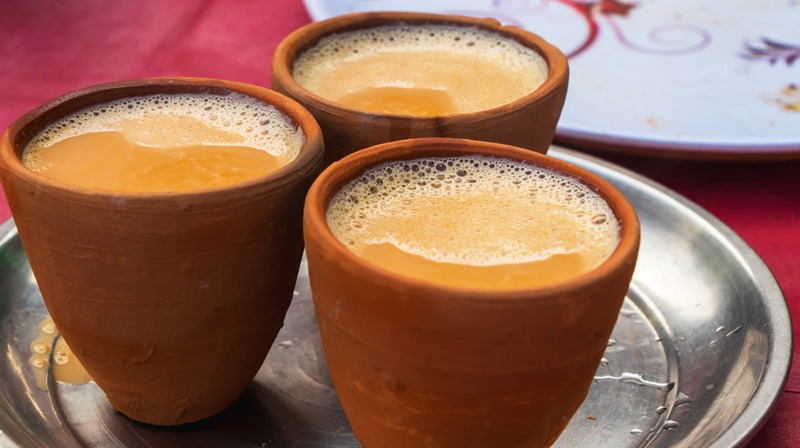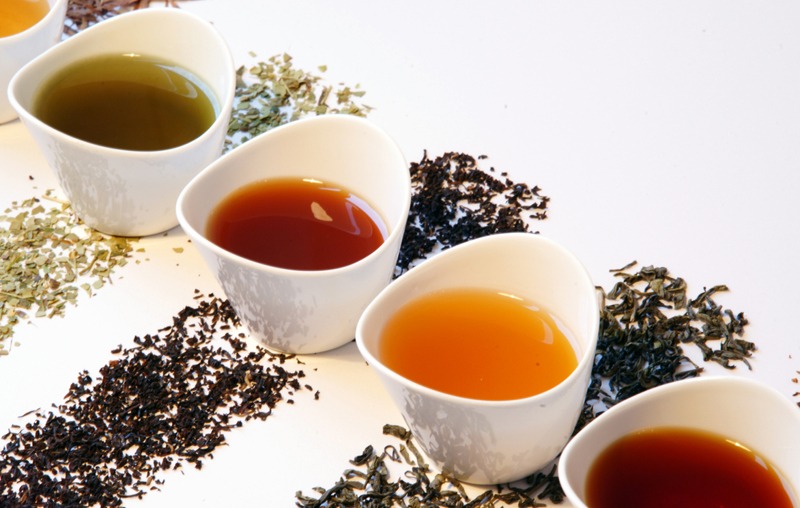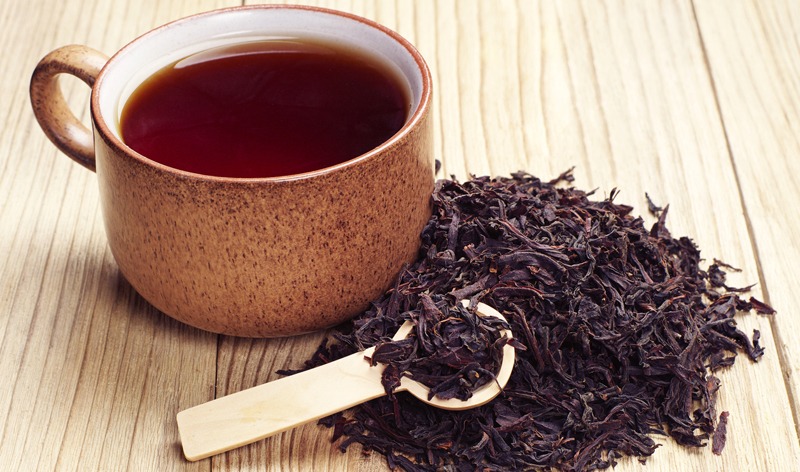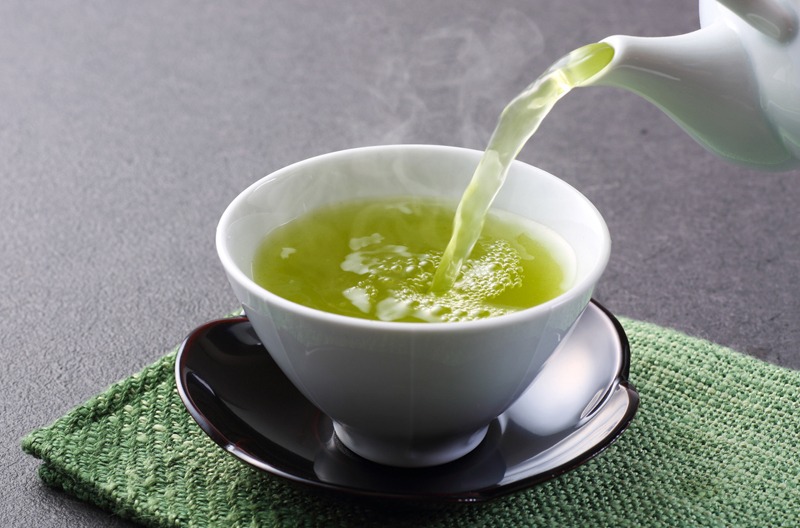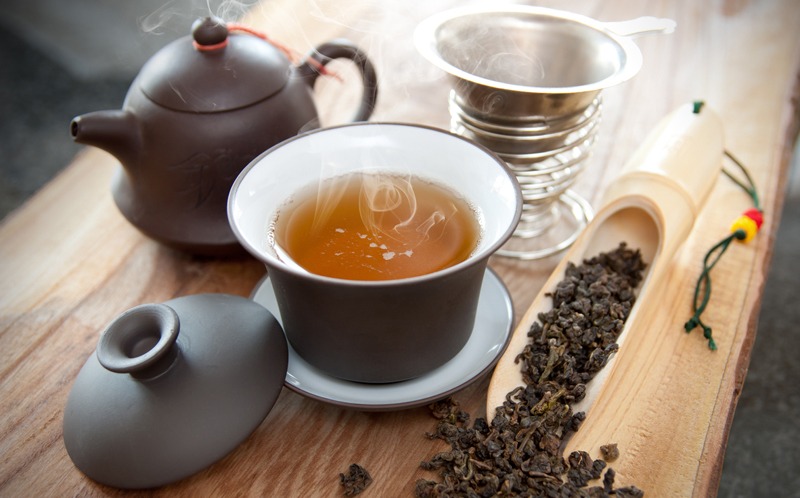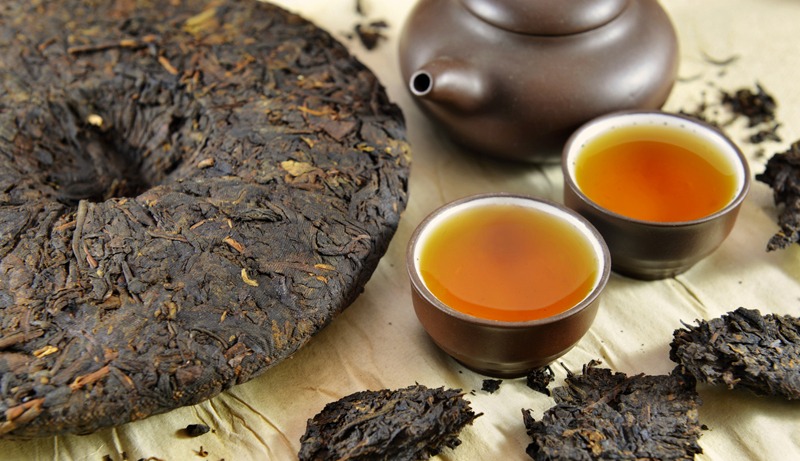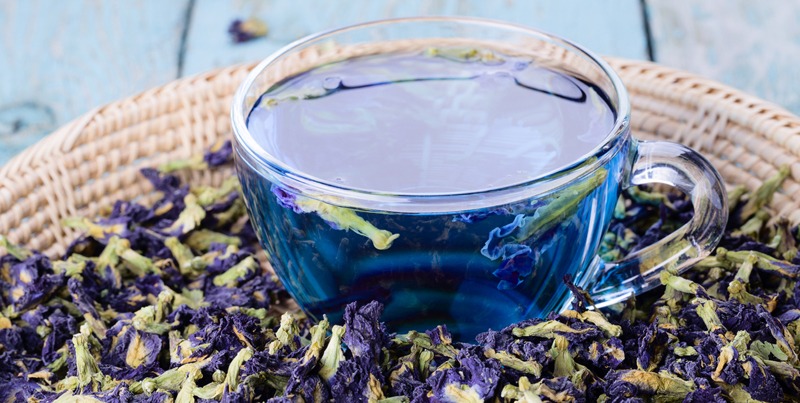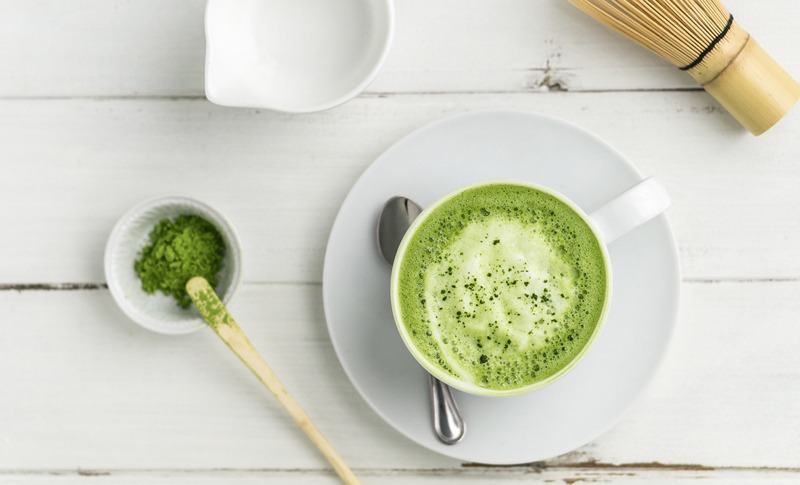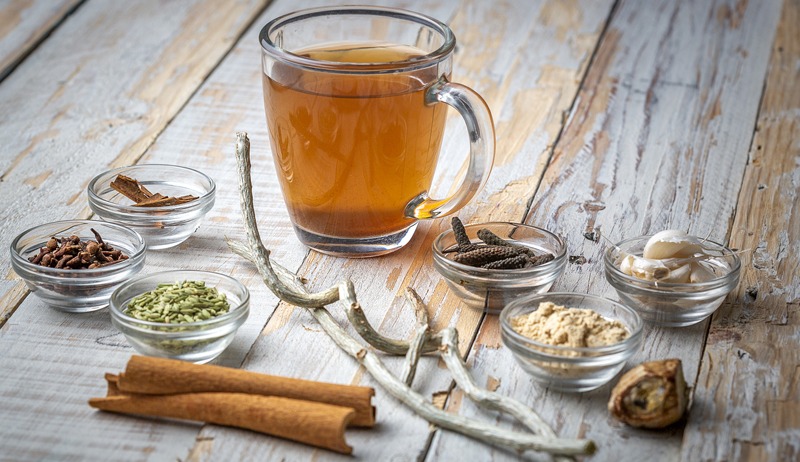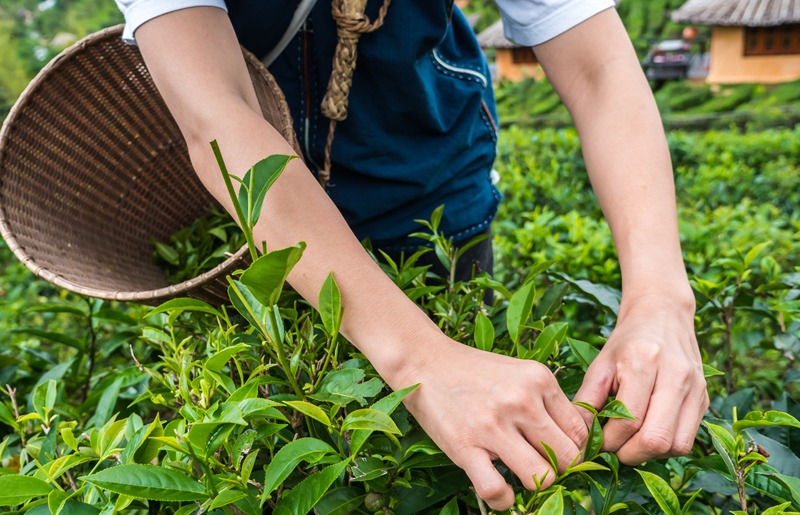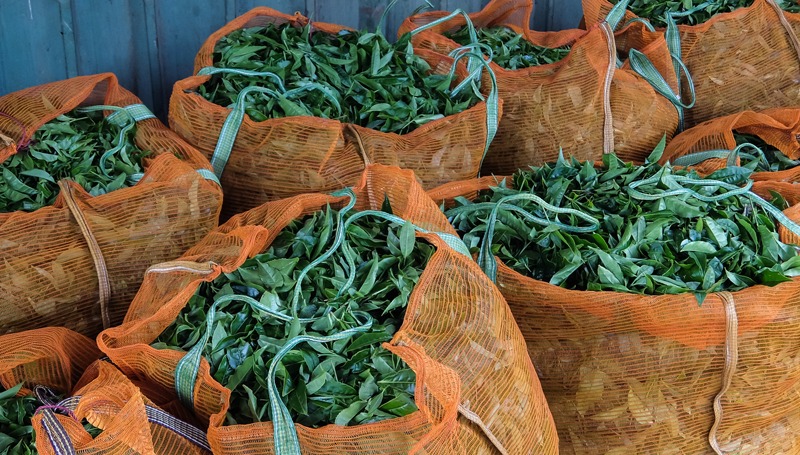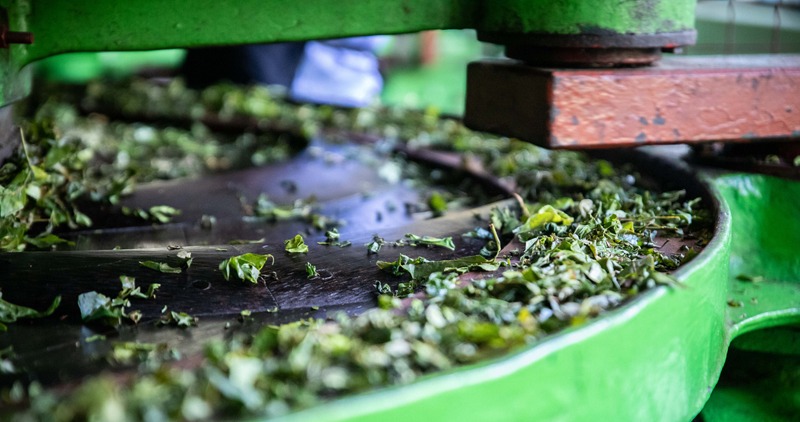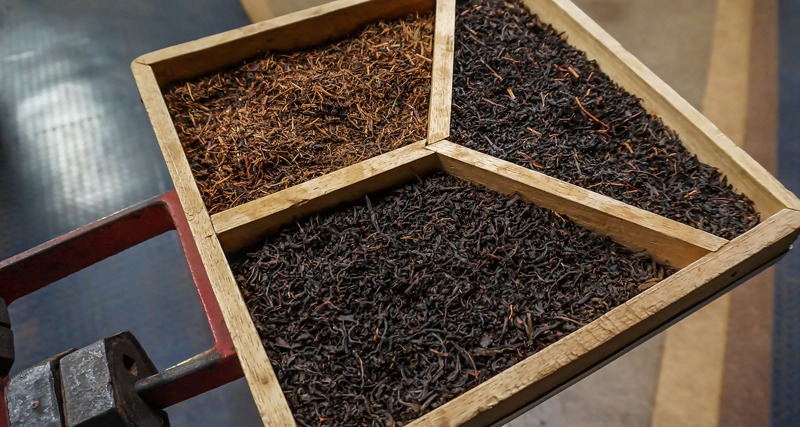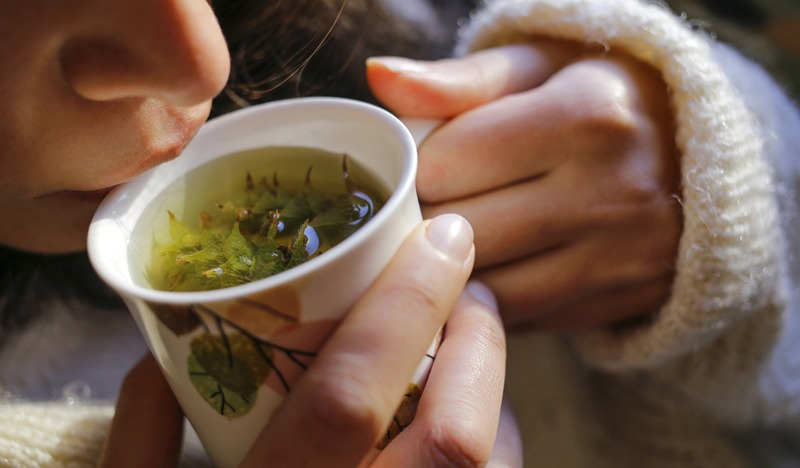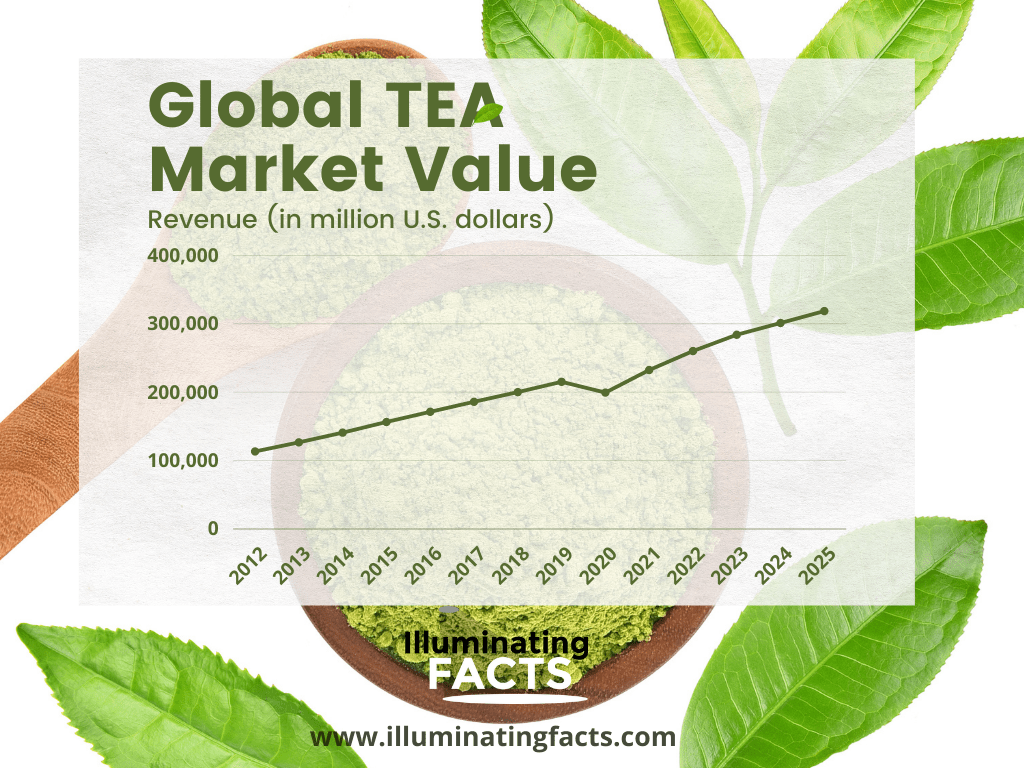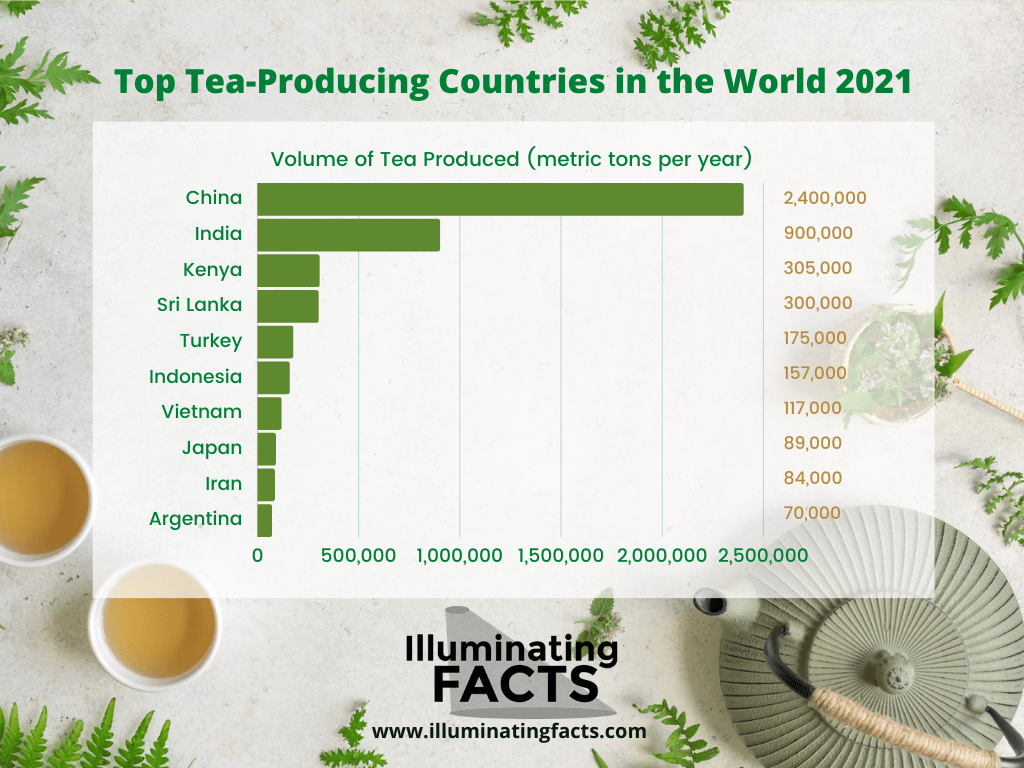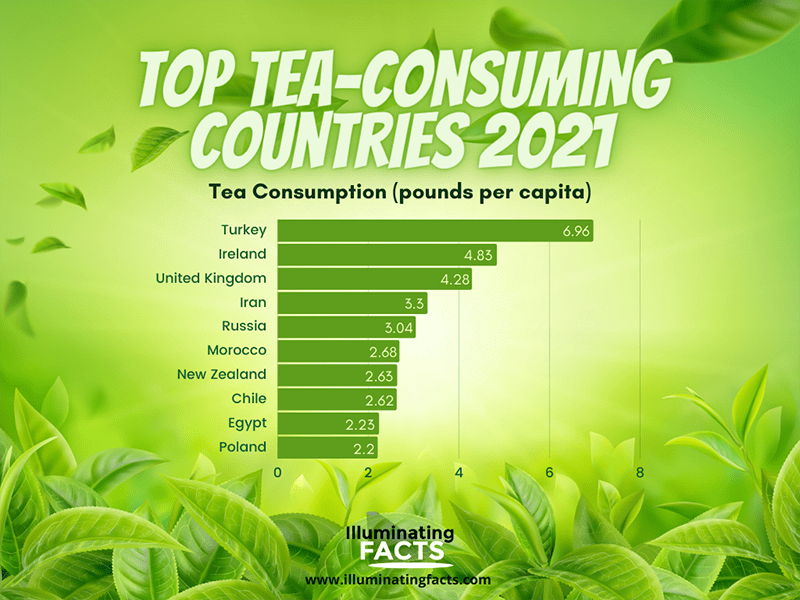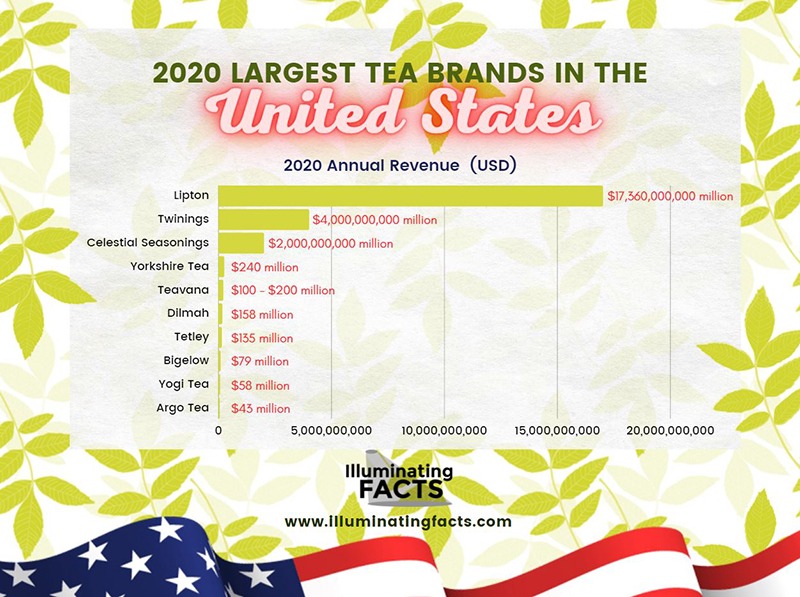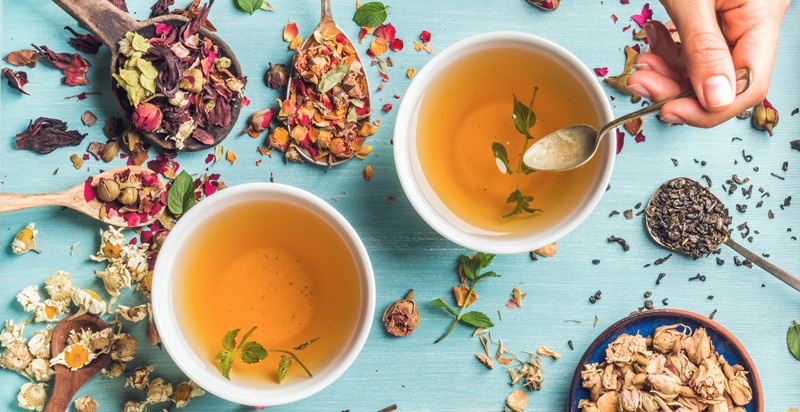Background
Tea is one of the most popular beverages in the world. It is made by steeping in freshly boiled water the leaves and leaf buds of the tea plant. Like coffee, it is also part of the everyday life of many people. But have you ever wondered how it became one of the best-loved drinks in the world and a staple of millions of kitchens in many countries? If you are one of those who love to drink tea and like to learn more about it, this is the perfect place for you.
In this post, we will give you more information about tea. These include its history, different types, how it is made, and as well as its benefits. In addition to that, this post also contains numerical data and statistics about tea that is truly interesting to learn about. Also, to sum everything up, this post also includes some of the most interesting facts about tea that you don’t want to miss. With this, let us begin with the history and origins of tea.
History of Tea
The origin of tea is cloaked in myths and stories. From Chinese Emperors to Portuguese princesses, its history is as rich as its flavors. According to many sources, the earliest references to drinking tea originated from China. Based on legends, a leaf fell into the water that was being boiled for Emperor Shen Nung, and he found it to have a refreshing taste. He described a warm feeling as he drank the intriguing brew. He named the brew “ch’a,” the Chinese character meant to check or investigate, as he said it’s as if the liquid was investigating every part of his body.
A Han Dynasty Emperor in 200 B.C. ruled that when referring to tea, a special written character needs to be used illustrating wooden branches, grass, and a man between the two. This symbolized how tea brought humankind into balance with nature for Chinese culture. In addition to this legend, let’s look at tea’s history in different places.
Tea History in China
From the 4th through the 8th century, the popularity of tea in China continued to increase. It was used before for its medicinal properties but eventually became valued for everyday refreshment and pleasure. Many tea plantations spread throughout China. The tea merchants also became rich, and expensive tea wares became the symbol of the wealth and status of their owners.
The preparation and cultivation of the crop were tightly controlled by the Chinese empire. Back then, it was specified that only young women were to handle the tea leaves, presumably due to their purity. Also, the female handlers were not allowed to eat onions, garlic, and other strong spices as the smell on their fingertips might contaminate the tea leaves.
All Chinese tea was green tea up to the mid-17th century. But as foreign trade increased, Chinese growers discovered that they could preserve the tea leaves via a special fermentation process. This resulted in black tea, which kept its flavor and aroma longer than green teas. It is also better when it comes to exporting to other countries.
Tea has been an important part of Chinese culture for thousands of years. It was a popular beverage even before the Egyptians built the great pyramids. Tea was traded with Asian countries even before Europe left the dark ages. In the modern-day, tea continues its importance and popularity in China. In fact, it has become a symbol of China’s culture, history, and religion.[1]
Tea History in Tibet
By the dawn of the 9th century, tea was introduced to Tibet by the Chinese. However, Tibet’s rugged climate and rocky terrain made tea plant cultivation difficult. Therefore, they needed to import tea from China through a yak caravan. Since the journey to Tibet was long and tiring, it took nearly a year and was threatened by the dramatic terrain and the tea-seeking pirates and thieves. To be able to keep up with the tea demand in Tibet, there were about two to three hundred tea-laden yaks that entered the country every day.
Back then, tea became very popular in Tibet and the surrounding areas. With this, it was even used as a kind of currency. Compressed tea was a usual form of payment during those times, and it can be used to purchase almost anything. Even workers and servants were routinely paid with tea.
Tibetan tea is traditionally made by boiling the leaf for half an hour before passing the liquid through a strainer made of horsehair into a long container made of wood. Today, this is done by using a plastic strainer. Yak milk and butter were traditionally added to the tea and churned until emulsified. This helps replace the fat and salt lost by people living in the high altitudes of the Himalayan Mountains.
Tea remains one of the staple beverages in Tibet. In fact, at the present time, a person consumes up to 40 cups of tea a day. It is also part of their etiquette that no guest should go without tea and that his or her cup should never be empty.[1]
Tea History in Japan
Japanese visitors in China were introduced to the values and traditions of tea in the early 9th century. The Chinese tea seeds were brought to Japan by a Buddhist monk named Dengyo Daishi when he returned from his studies abroad. After that, tea became an important part of Japanese monastery life. Monks drank tea to stay alert during meditation sessions. When the early 1300s came, tea became popular in Japanese society. However, the early religious importance of tea permanently colored the value and meaning the Japanese associated with tea. This has also influenced the Japanese Tea Ceremony.
Chanoyu is what the sacred Japanese tea ceremony is called. It evolved in the late 15th century under the influence of the Japanese philosophies of Zen Buddhism. The tea ceremony puts supreme importance when it comes to respecting the act of making and drinking tea. The important elements of Japanese philosophy (harmony, purity, respect, and tranquility) during Chanoyu are being honored by Zen Buddhism. It is a very important ceremony that there were even special tea rooms built in backyard gardens, and mastery of the tea ceremony was required for women to marry.
The tea used in the ceremony was made by whisking water into strong ground tea called “Matcha.” Even though it was unusual to the Western palate, the fresh, green flavors of Matcha were preferred in Japan over the steeped tea brewing methods. In the 1730s, steeped tea became popular again in Japan when experimental tea processors discovered that steaming the leaves to stop fermentation created a greener and more flavorsome tea close enough to the fresh and strong flavors of Matcha.
Today, tea is completely embedded in Japanese culture. It is served with every meal and is used to greet every guest. You can also find bottled tea in vending machines and convenience stores. Since Japan has a limited land area, intricate terraces are carved out of the mountainsides where they grow tea. Their tea industry is the most technologically advanced in the world. The tea plantations in the country use specialized machines to produce tea. They have also engineered their tea to taste stronger, greener, and less sweet than the tea produced in China.[1]
Tea History in Russia
Tsar Alexis of Russia was given a gift of tea by the Chinese back in 1618. Everyone was curious about the new drink, which made tea gain popularity quickly. A camel caravan trade route emerged to transport tea into the country, and it covered 11,000 miles. It took about a year and a half to travel by camel. Each year, about 6,000 camels, each carrying 600 pounds of tea, entered Russia. When 1903 came, the camel caravan was replaced by the Trans-Siberian Railway. From a year and a half, the transport of tea was reduced to a week.[1]
Tea History in Europe
Tea was first imported into Europe by the Portuguese and Dutch back in 1610. England’s dance with tea began in 1662 when King Charles II married the Portuguese princess Catherine of Braganza. The new Queen had always loved tea and brought with her a chest of fine Chinese tea as part of her dowry. She served tea to her aristocratic friends at Court, and the word about the new Royal drink spread quickly.
Back then, tea was an imported luxury that only the wealthy could afford to drink. The least expensive tea available during those times cost the average laborer about a month’s worth of wages. This made tea highly fashionable and elitist. People who could serve and drink tea back then with elegance and skill were marked with high social status, were seen as having good breeding, and were intellectuals. That was why a lot of many rich 18th-century Dutch and English families had paintings made of them having tea together.
There is also a trend in Europe called the “Afternoon Tea.” It is still a popular British institution and is credited to the 7th Duchess of Bedford, Anna. She complained about the long gap between a light breakfast and a late evening meal. To pacify her cravings, she asked her maid to bring a pot of tea and light refreshments to her room. Soon, she invited friends over to join her for afternoon tea. After that, the trend quickly became popular.
In addition to the afternoon tea, there is also what is called the “High Tea.” It is a 19th-century working-class custom in Europe. It is served later at around six in the afternoon and consists of a full dinner meal for the common people. It is served along with cheese, meats, eggs, fish, bread, butter, and cake. It is more of a man’s meal, while afternoon tea is more of a woman’s social diversion.[1]
Tea and Globalization
Up until 1678, the Dutch dominated the tea trade. However, the British started to import tea on a commercial scale. Seeking full control and profits over trade, the British Royal family chartered the East India Company and granted a monopoly on all trade throughout Asia and Eastern Africa. It quickly became the most powerful monopoly in the world, having tea as its primary commodity. The company was given the right to acquire territory, keep armies and forts, coin money, form foreign alliances, and even declare war.
The East India Company’s reign continued until 1833, when the British Parliament declared the trade routes open to competition. However, there were lots of lasting effects of their dominance for centuries. They changed the world by claiming Singapore, Hong Kong, and India as British colonies. It had also prompted a global economy, and all of this was because of tea.[1]
Tea History in India
As tea consumption grew, tea exports from Britain could not keep up with the demand for tea imports. Also, the Chinese became more interested in silver than cotton, Britain’s main export. Searching for enough silver to trade for tea became more challenging. However, the British turned to growing opium in its large Asian colony, which is India. They sent opium to China across the Indian border in exchange for silver, then traded some silver back to China for tea. This illegal scheme worked until 1839, when a Chinese official sent 20,000 chests of opium to a watery grave in a sea by Canton. All year, war was declared on China, and China reacted by prohibiting all exports of tea. This was known as the Opium Wars.
Even before the Opium Wars started, China was already hesitant about trading with the West. They believed that their nation was self-sufficient and took steps towards isolation. Due to the difficulty of obtaining Chinese tea, Britain decided to explore other alternatives, which included growing their own tea.
India’s climate and high altitude became a promising location for tea cultivation. Explorers also discovered indigenous tea plants growing in Assam, India, in 1823. Later on, Indians became experts in growing tea plants. However, the problem was they lacked knowledge regarding tea processing. A Scottish botanist named Robert Fortune was credited for spying on China’s ancient sacred tea processing techniques. He then returned to India with knowledge, equipment, and a small team of experienced Chinese growers.[1]
Tea History in North America
North America, which was also colonized by Europe, was a tea-drinking continent, too. The same traditions and rules in Europe, when it comes to etiquette, crossed the Atlantic. In New York, Boston, and Philadelphia, teahouses and elegant silver and porcelain tea accessories became popular in new cities.
Tea constituted the single largest and most important commodity exported by Britain by the second half of the 18th century. The British government created a specific “tea tax” to capitalize on its popularity in America. After that, greed prevailed, and the tax rate reached 119%. This was more than twice the initial cost of tea as it entered the American wholesale market.
The American ports, in defiance, refused to allow any dutiable goods ashore. This led to the infamous Boston Tea Party, the closure of the British government’s Boston harbor, and the arrival of British troops on American soil. All of these marked the start of the American War of Independence and America’s preference for coffee. With this, boycotting tea became an act of patriotism.
The United States is responsible for a few major changes in the tea industry. In 1904, a group of tea producers organized a special tea pavilion and offered cups of hot tea to all attendees at the St. Louis World Trade Fair. Due to the unusually hot summer temperatures, the man supervising the deserted booth decided to pour tea into glasses packed with ice cubes. A lot of customers lined up to try the new invention, which was iced tea. At the present time, the United States consumes almost 50 billion glasses of iced tea in a single year, which is more than 80% of all tea consumed stateside.
In addition to that, tea bags were also developed in the U.S. by accident. A New York tea merchant sent samples of his product sealed in silk bags to restaurants and cafes throughout the city back in 1908. Later, he discovered that the restaurants were brewing his tea directly in the silk bags to save time. This method of brewing tea immediately caught on. Tea has been the most popular drink in the world besides water. In the United States, thousands of Americans are adding tea into their healthy diets and substituting it with coffee and soft drinks.[1]
Tea Timeline
For more details about the history and origins of tea, check out the timeline below:
Different Types of Tea
For those new to the world of tea, the many different types you see in stores can be a bit confusing and overwhelming. Some people might wonder what the difference between black and green tea is. Some might also ask what herbal teas and oolong teas are. But did you know that all types of “true” tea originated from the same plant? The botanical name of the tea plant is Camellia Sinensis. It is a plant from southern China discovered many years ago and has been cultivated and consumed for hundreds of years.
If all teas are from this plant, how do they differ? Well, each of the unique characteristics of teas differs through the harvesting and processing methods. Some types of tea are steamed, while others are pan-fired. Some are allowed to oxidize while others are not. Some are harvested early, while some are harvested late. The list of factors that influence the appearance and flavor of tea goes on. If you are one of those who are looking into learning more about the types and variations of tea, this list of the different types of tea might help you.
Black Tea
Black tea is one of the world’s most popular types of tea. It is also derived from the Camellia Sinensis plant. In this type, the leaves are crushed, curled, or rolled and then left to oxidize before drying and being sold. The strong and dark flavor of black tea is due to the fully oxidized leaves. Also, the oxidation process decreases the tea’s flavonoid content, but it is still filled with beneficial properties.[4] Black tea is mainly produced in China and India. But there are also other countries that export black tea, such as Vietnam, Kenya, Nepal, and Sri Lanka.[5]
Green Tea
Another type of tea made using Camellia Sinensis is green tea. This type of tea often brews up a light green to yellow color. Also, compared to black tea, this has a lighter body and milder taste. However, know that green tea contains half as much caffeine as black tea and about a quarter of a cup of coffee.[5] It is made from the tea plant’s fresh or withered, slightly heated, or steamed leaves. This method stops the oxidation process, which accounts for its flavor profile that is best described as fresh, light, and a bit grassy.[4]
White Tea
This type of tea is a delicate, minimally processed tea that is liked by connoisseurs and enjoyed by tea experts. It has a light body and a mild flavor. It is also very low in caffeine. It is harvested from the tea plant’s very first tips and buds just before they open to form full leaves. It is mainly produced in China, but other countries, such as Sri Lanka, Taiwan, and Nepal, also produce it.[5]
Oolong Tea
Oolong tea is also known as “wulong” or “black dragon” tea. It is a semi-oxidized tea that is always produced as a whole-leaf tea. Its level of oxidation can range widely, as so its aroma, color, and flavor. The less oxidized, the lighter it is in color.[4] Oolong teas are mainly made in Taiwan and China.
Pu-erh Tea
This is an aged, partially fermented tea that is quite similar to black tea in terms of character. It brews up in an inky brown or black color. It has a full body with an earthy, rich, and deeply satisfying taste. However, it is high in caffeine. It is processed similarly to green tea. After the leaves dry, they undergo fermentation. This type of tea originated in the city of Pu-erh in the Yunnan province of China. It is still mainly produced there today.[5]
Purple Tea
Purple tea is produced similarly to oolong teas. The leaves are harvested, wilted, and go through partial oxidation before being shaped and dried. When purple tea leaves are brewed, they result in a light reddish-purple color. It originated in the Assam region of India. After being discovered, the unique tea plants were brought to Kenya, where researchers worked to make a cultivar that would be best for commercial tea production.[5]
Matcha
Matcha is a type of green tea that is very popular in Japan. It can be consumed on its own, whisked with water, and added to smoothies, lattes, and baked goods. It features a smooth, rich flavor with notes of umami and a bit of a bitter flavor. It is made from special tea plants that are shaded for about three weeks before harvest time. This gives the leaves a deep emerald color.[5]
Herbal Tea
Herbal teas are also known as “tisanes.” They are technically not “true” tea types, but they are brewed and consumed similarly to other teas. Some of the most popular herbal teas include chamomile tea, ginger tea, hibiscus tea, mint tea, and rooibos tea.[4] Most of the time, herbal teas include medicinal properties, depending on the blend, which can be used to help treat different issues, from sore throats to upset stomachs.[5]
How Tea is Made
If you are also curious about how tea is made or the processes that are involved in making your favorite tea, here is a step-by-step breakdown that you can check out:
Step 1: Plucking Tea Leaves and Transporting to Tea Factories
Only the top part of the Camellia Sinensis plant is used for making tea. This is called the “flush,” which consists of only the top two inches of leaves. When the tea plant reaches its peak at about three years, farmers will pluck the leaves from the flush by hand, then place them in wicker baskets for transport.
The top part of the plant regenerates every one to two weeks. It creates another flush that farmers can pluck shortly afterward, providing them with a new cycle of fresh tea leaves often. But note that the first “flush” or year’s harvest is the highest quality tea. It boasts the best flavor and contains the highest nutrients. Also, the tea leaves must be transported from the garden to a tea factory within 24 hours to ensure peak freshness.[6]
Step 2: Sorting and Grading the Tea Leaves
After the tea leaves are transported to the tea factory, they will then be inspected for them to be graded and sorted. Broken leaves and others that don’t make the cut are tossed out by tea masters. The chosen tea leaves will be organized into batches, depending on their size and type.
This is where the different types of tea start branching off on their unique paths. The young leaves are routed for white teas, while others are sent to make teas like oolong and matcha, depending on the preference of the tea makers.[6]
Step 3: Withering and Rolling/Grinding of Tea Leaves
After the leaves are sorted and organized, they are left to wither for 12 hours in large troughs with wire mesh. This process removes up to 70% of the water content in the leaves. There are two main types of tea production in this step: the Orthodox Method and the Crush Tear Curl Method, or CTC.
In the Orthodox Method, after the tea leaves are withered, they are rolled by hand or by a rolling machine. It causes the leaves to wrap around themselves and helps break down their cell walls. This process lets essential oils and other moisture content escape, further drying the leaves. It also helps enhance the overall flavor of the tea.
In the CTC Method, on the other hand, the tea leaves are ground up after withering to make tea “shake” during the manufacturing process. Most of the time, very fine tea is found in commercial tea bags. [6]
Step 4: Oxidation of Tea Leaves
The tea leaves are then placed on bamboo trays and exposed to climate-controlled air for two hours. When the tea leaves interact with the hot air, the enzymes in the leaves are ignited by natural chemical reactions, causing them to change flavor and color.
Green and white tea, however, are either not oxidized or minimally oxidized to preserve a lighter color and flavor. On the other hand, black teas are oxidized longer to achieve a bold, rich, and dark flavor profile. Those producing Japanese green tea will steam the leaves to stop the oxidation process. On the other hand, Chinese green tea heads over to wok or pan-firing. These drying processes help remove the leaves’ last bit of moisture content.[6]
When the tea leaves are adequately dry, they are ready to be packed and shipped for consumption.
Benefits of Drinking Tea
For a lot of people, tea seems to solve just about any problem. A warm cup of tea can make them feel calm and relaxed if they have a stressful day at work. If they are feeling sluggish, they can perk up with a glass of matcha latte. And for those feeling under the weather, some tea and honey can help soothe headaches and sore throats. The medicinal benefits we can get from tea, no matter what kind, have been known for many years. Even today, modern science has backed up many of its benefits. To help you learn more, here are the different benefits that you can get from drinking tea:
Drinking tea can help boost your metabolism.
The polyphenols that black, oolong, and green tea contain have increased calorie expenditure and reduced body fat. Also, tea promotes one type of fat, which is brown fat. It is more metabolically active and has more mitochondria compared to white fat. Meaning it can actually burn calories and boost metabolism.[7]
Tea can help reduce the risk of certain chronic diseases.
A study among 40,000 adults found that drinking tea regularly helped reduce the risk of dying from heart diseases, stroke, and even some cancers. According to researchers, the effect of green tea on hypertension and obesity, together with strong polyphenols, is behind its protective effect. More benefits are seen in people who drink more than two cups of tea daily versus those who only drink one or no cups at all.[7]
Drinking tea may help improve insulin sensitivity.
The consumption of green tea regularly may also help reduce complications from diabetes. Based on research, tea can help improve insulin sensitivity, decrease inflammation, and protect pancreatic cells from further damage. With this, people at risk for or already diagnosed with diabetes can benefit from drinking tea regularly.[7] However, more research is still needed on the amount of tea and type of tea that should be consumed.[8]
Tea is good for the brain.
Based on research, regular tea consumption may also help lower the risk of getting Alzheimer’s disease and other neurodegenerative diseases. Even though the exact causes of the disease are still unclear and there is no cure yet, research confirms that both black and green tea consumption improves cognitive scores among people with dementia and Alzheimer’s disease.[7]
Drinking tea regularly may help prevent cancer.
The catechin EGCG in green tea is a potent antioxidant with major cancer-fighting potential. Based on lab and animal studies, it can help reduce metastasis and improve outcomes for colon, breast, skin, lungs, and others cancers.[7] However, even though there is much information about tea as a cancer-fighting drink, more research is still needed to prove its effectiveness.[8]
Tea is truly hydrating.
Many people believe that coffee and tea promote dehydration as they act like a diuretic, which causes the body to lose more fluid. But according to recent research, six to eight cups of tea a day is as hydrating as drinking the same amount of water.[7]
Drinking tea is good for the gut.
Aside from fiber and probiotics that are both good for stomach health, research shows that the polyphenols contained in tea can also modify gut bacteria beneficially. This can lead to good health effects, such as improved blood sugar levels, weight loss, and reduced carbohydrate absorption.[7]
Tea By the Numbers
In this part of the article, we will give you some of the important numbers you need to learn about when it comes to tea. These include the global tea market value, the top tea-exporting countries, how much tea is consumed worldwide, the countries that consume tea the most, and the top tea brands in the United States.
Value of the Global Tea Market
According to Statista, in 2020, the global tea market was valued at about $200 billion, and it is expected to increase to more than $318 billion by 2025.[9] You can check out the graph below to compare the global tea market from 2012 to the projected market value in 2025.
The Top Tea-Producing Countries in the World
At the present time, China is still the leader when it comes to tea production. The graph below shows the top tea-producing countries in the world in 2021.
Based on the Statista Research Department, the global consumption of tea in 2020 amounted to around 6.3 billion kilograms, and it is projected to reach 7.4 billion kilograms by 2025.[11]
The Top Tea-Consuming Countries in the World
Tea is available in almost all countries around the world. It is widely produced in China, the top tea exporter worldwide. But which countries do you think consume tea the most? You can check out the graph below for answers.
According to the research done by teaandcoffee.com, in 2021, Turkey will be the number one tea-consuming country worldwide.[12] It consumes 6.96 pounds of tea per capita per year. Second on the list is Ireland, with 4.83 pounds of tea per capita. It was followed by the United Kingdom with 4.28 pounds of tea per capita, Iran with 3.30 pounds of tea per capita, and Russia with 3.04 pounds of tea per capita annually.
The Top Tea Brands in the United States
The United States may not be included in the top ten tea-consuming countries in the world, but drinking tea is also widely popular among Americans, especially those who are into living a healthy lifestyle. You can buy many different tea brands in the United States, but the graph below shows the top ten best-selling and most popular tea brands in the U.S.
According to Zippia, on an average day, more than half of Americans drink at least one tea beverage, and iced tea is mostly consumed in the U.S. [13] Based on research, the top tea brand in the United States is Lipton, which earned $17.36 billion in 2020. It is followed by Twinings with $4 billion annual revenue in 2020, and then by Celestial Seasonings, Yorkshire Tea, and Dilmah.
Interesting Facts About Tea
To further learn more about tea, here are some of the mind-blowing facts that you need to know:
- Tea was originally used for medicinal purposes like detoxification. Instead of drinking, it was often chewed.
- Several types of tea, such as black, oolong, white, and green teas, come from the same plant called Camellia Sinensis.
- In the 18th century, tea was so valuable that it was kept in a locked chest, which is known today as a tea caddy.
- Tea contains polyphenols, which are antioxidants that repair cells. It can help the body fight cardiovascular diseases, diabetes, osteoporosis, and more.
- One pound of finished tea takes about 2,000 tiny leaves to make.
- Some tea also grows in the United States, particularly on an island tea plantation off the coast of South Carolina and as well as in Hawaii.
- Compared to coffee, people are less likely to get a “caffeine crash” with tea. This is due to the high levels of antioxidants that tea contains, which slows down the absorption of caffeine.
- Tea should not be stored near competing aromas as these can affect the delicate flavors of tea.
- The first iced tea was served in 1904 during the World’s Fair at St. Louis.
- Timing is very important if you want to steep the perfect cup of tea. For example, when steeping black tea, the ideal time is 3 to 5 minutes.
- Around 11,000 years ago, people used ceramic teapots in Asia and the Middle East. However, it did not reach most Europeans until the late 16th century.
- The most expensive tea is a rare Chinese variety called Tieguanyin. It is an oolong tea that costs up to $1,500 per pound. These tea leaves can be brewed up to seven times before they lose their unique flavor.
- Green tea is known as a superfood. It is believed to help soothe a sore throat, regulate blood sugar levels, and reduce the risk of heart disease.
- In the early 20th century, the tea bag was invented in the United States.
- The largest tea bag recorded by Guinness World Record weighed more than 551 pounds and measured 9.8 feet wide and 13 feet high. It could be used to brew more than 100,000 cups of tea. This record was set in 2014 by Ahmed Mohamed Saleh Baeshen & Co., who owns Rabea Tea in Saudi Arabia.
- More than 3 billion cups of tea are consumed worldwide each year.
- Mint and other tea flavors are not types but what is called an infusion.
- Back in the late 18th century, tea was so expensive that smugglers started to compromise the purity of tea by blending it with leaves from other plants. Some even added twigs, sawdust, and iron filings to them.
- Genuine “Darjeeling” tea is grown in a part of India at the foot of the Himalayas, which is less than 70 square miles large. This makes it highly prized and referred to as the “Champagne of teas.”
- There are around 3,000 different types of tea in the world. Their flavor, like wines, depends on where the plants are grown and as well as the type of bush. Some teas are also sometimes made up of various ingredients blended together.
Conclusion
Tea is indeed among the most popular beverages in the world. It is amazing to learn that it has been a popular drink for thousands of years. Before, tea was difficult to acquire. Today, it can be bought almost anywhere. It is served in cafes and restaurants, and tea leaves and instant teas are also available in supermarkets. It is not only a refreshing drink but also beneficial to people’s health. We hope this post helped you learn more about tea.
References
[1] Coffee Tea Warehouse, E. (2016). The History of Tea. History of tea – learn about tea history. Retrieved November 22, 2021, from http://www.coffeeteawarehouse.com/tea-history.html.
[2] UK Tea & Infusions Association. (2020). History of tea. UK Tea & Infusions Association. Retrieved November 22, 2021, from https://www.tea.co.uk/history-of-tea.
[3] Revolution Tea, E. (2021). The history of tea – a complete tea timeline. Revolution Tea. Retrieved November 22, 2021, from https://www.revolutiontea.com/pages/tea-timeline.
[4] Ederer, J. (2021, April 1). The ultimate guide to different types of tea & their benefits: Pique. Pique Blog. Retrieved November 22, 2021, from https://blog.piquetea.com/types-of-tea/.
[5] Wack, M. (2021, September 5). Types of TEA: A comprehensive guide. ArtfulTea. Retrieved November 22, 2021, from https://www.artfultea.com/tea-wisdom-1/types-of-tea-a-comprehensive-guide.
[6] Dwyer, K. (2021, February 6). How tea is made: A step-by-step breakdown: Pique. Pique Blog. Retrieved November 23, 2021, from https://blog.piquetea.com/how-tea-is-made/.
[7] Butler, N. (2020, November 30). 10 science-backed health benefits of drinking tea. mindbodygreen. Retrieved November 23, 2021, from https://www.mindbodygreen.com/0-17286/9-surprising-health-benefits-of-drinking-tea.html.
[8] Gordon, B. (2020, January 21). The health benefits of tea. EatRight. Retrieved November 23, 2021, from https://www.eatright.org/health/wellness/preventing-illness/the-health-benefits-of-tea.
[9] Statista Research Department Statista Research Department. (2021, July 5). Global Tea Market revenue 2012-2025. Statista. Retrieved November 23, 2021, from https://www.statista.com/statistics/326384/global-tea-beverage-market-size/.
[10] Farrer, J. (2020, September 10). Top 10 tea producing countries in the world 2021. John Farrer & Co (Kendal) Ltd. Retrieved November 23, 2021, from https://farrerscoffee.co.uk/blogs/blog/top-10-tea-producing-countries-in-the-world-2021.
[11] Statista Research Department. (2021, July 5). Tea consumption WBY country. Statista. Retrieved November 23, 2021, from https://www.statista.com/statistics/940102/global-tea-consumption/.
[12] Tea and Coffee, E. (2021, March 24). Which country drinks the most tea: Top 10 in order. Tea & Coffee. Retrieved November 23, 2021, from https://www.tea-and-coffee.com/blog/which-country-drinks-the-most-tea.
[13] Goddiess, S. (2021, May 25). 10 largest tea brands in the United States. Zippia. Retrieved November 23, 2021, from https://www.zippia.com/advice/largest-tea-brands/.
[14] Boutwell, T. (2019, July 2). 10 little-known facts about tea. Foodal. Retrieved November 24, 2021, from https://foodal.com/drinks-2/tea/ten-facts/.
[15] Malone, A. (2018, March 13). 15 weirdly interesting facts about tea. BuzzFeed. Retrieved November 24, 2021, from https://www.buzzfeed.com/ailbhemalone/15-weirdly-interesting-facts-about-tea.
[16] Mascercola, E. (2018, April 12). Tea party: 10 fun facts about tea: Tea health benefits. Romantic Homes. Retrieved November 24, 2021, from https://www.romantichomes.com/entertain/hosting-hints/10-fun-facts-about-tea/.

